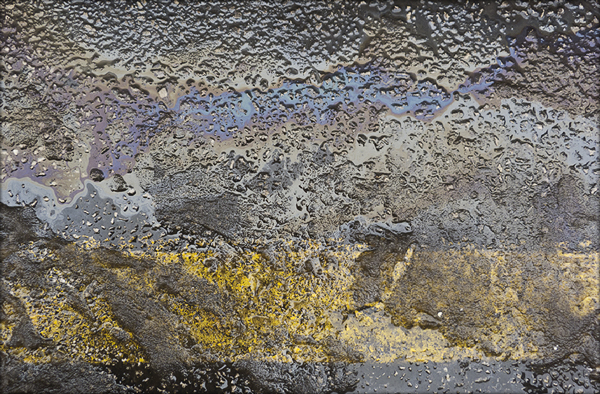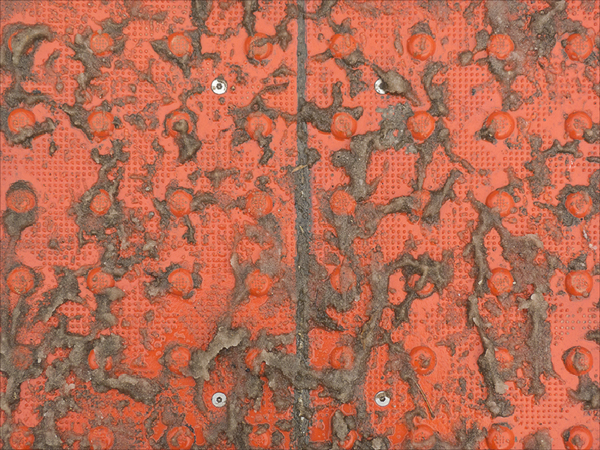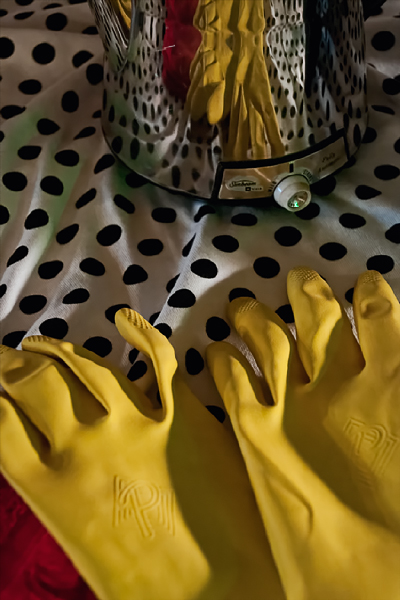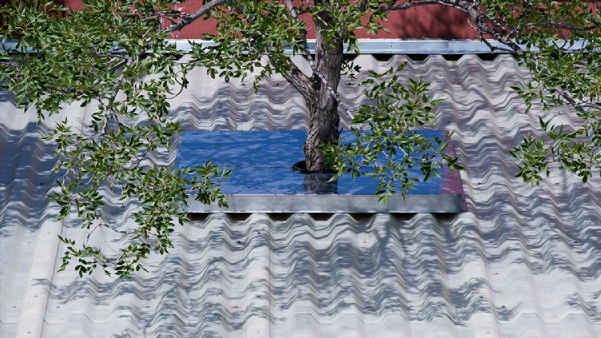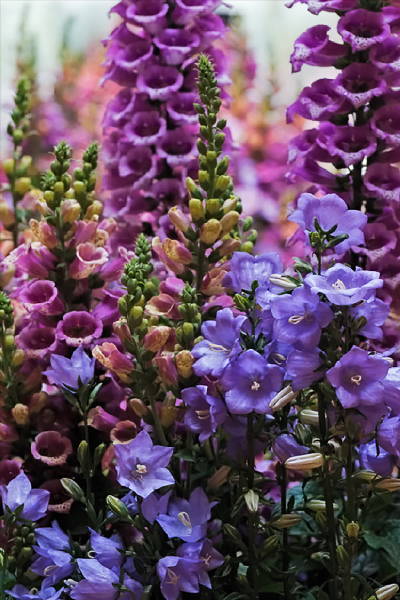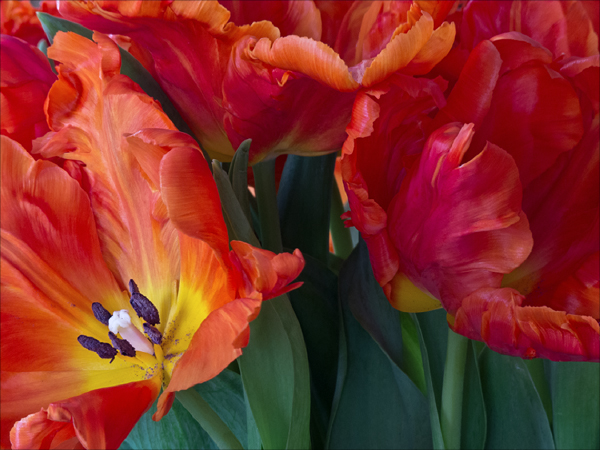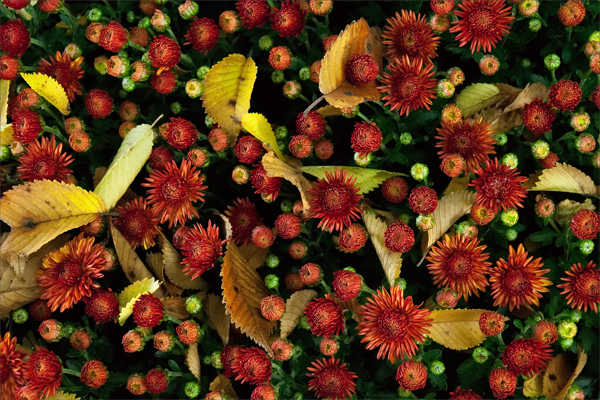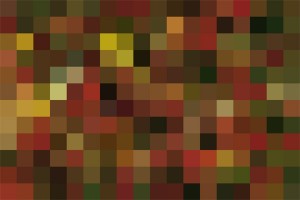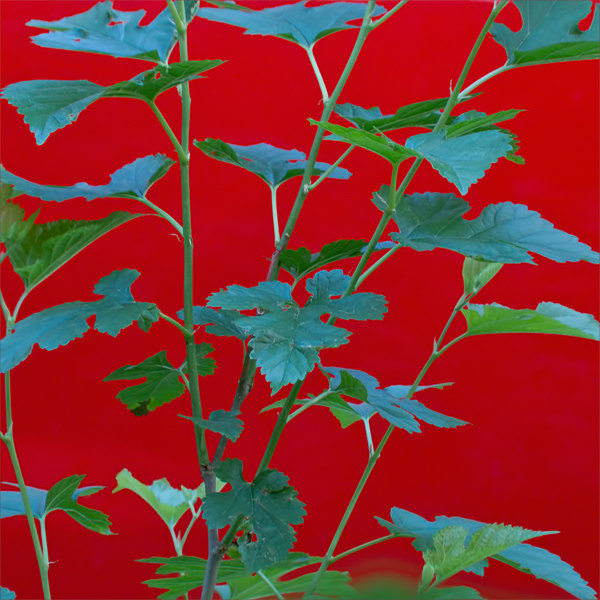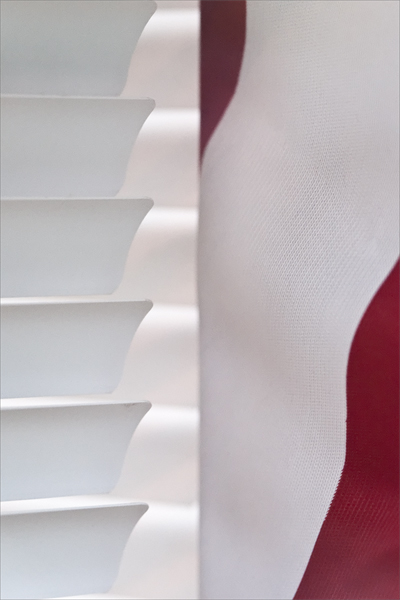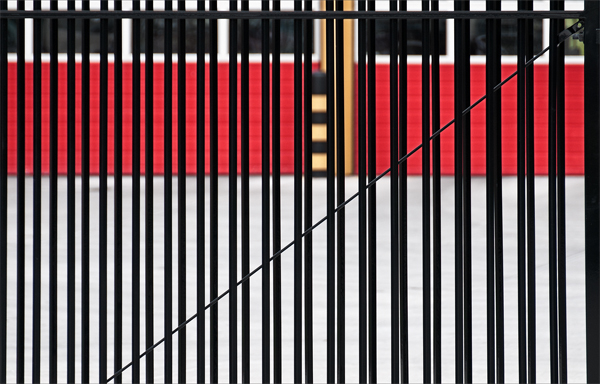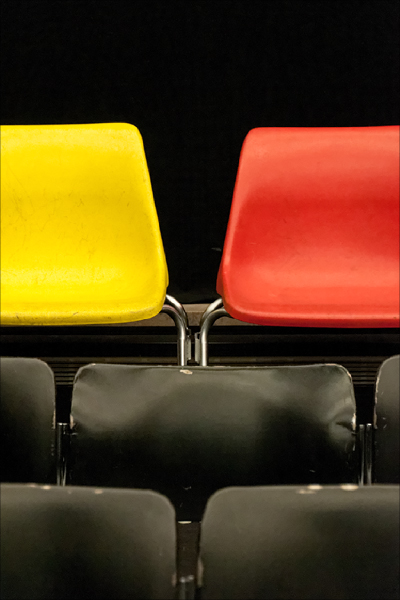
“Have a seat…” (№1)
{click image to view large}
Nikon D300; f6.7 @ 1/60 sec, ISO 3200 (handheld);
18.0-200.0 mm f/3.5-5.6 @ 105mm (157mm EFL); focus distance 5.96m
●●●
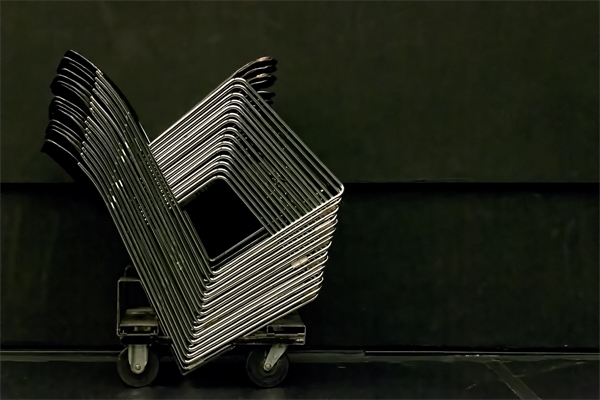
“Have a seat…” (№2)
{click image to view large}
Nikon D300; f8 @ 1/60 sec, ISO 3200 (handheld);
18.0-200.0 mm f/3.5-5.6 @ 62mm (93mm EFL); focus distance .6m
●●●
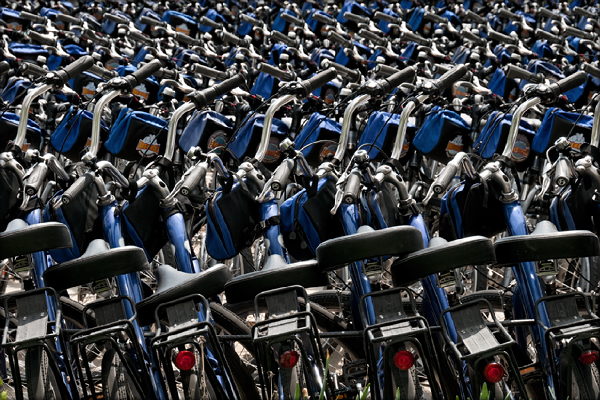
“Have a seat…” (№3)
{click image to view large}
Nikon D300; f11 @ 1/180 sec, ISO 200 (handheld);
18.0-200.0 mm f/3.5-5.6 @ 90mm (135mm EFL); focus distance .8m
●●●
Just the other day… I went downtown to visit with a friend, and spent some time wandering around before and after with my camera. Returning home, I was surprised to discover how many photographs had this theme—without conscious intent! (All three were captured on that outing.)
The last one is for Andreas. 🙂
